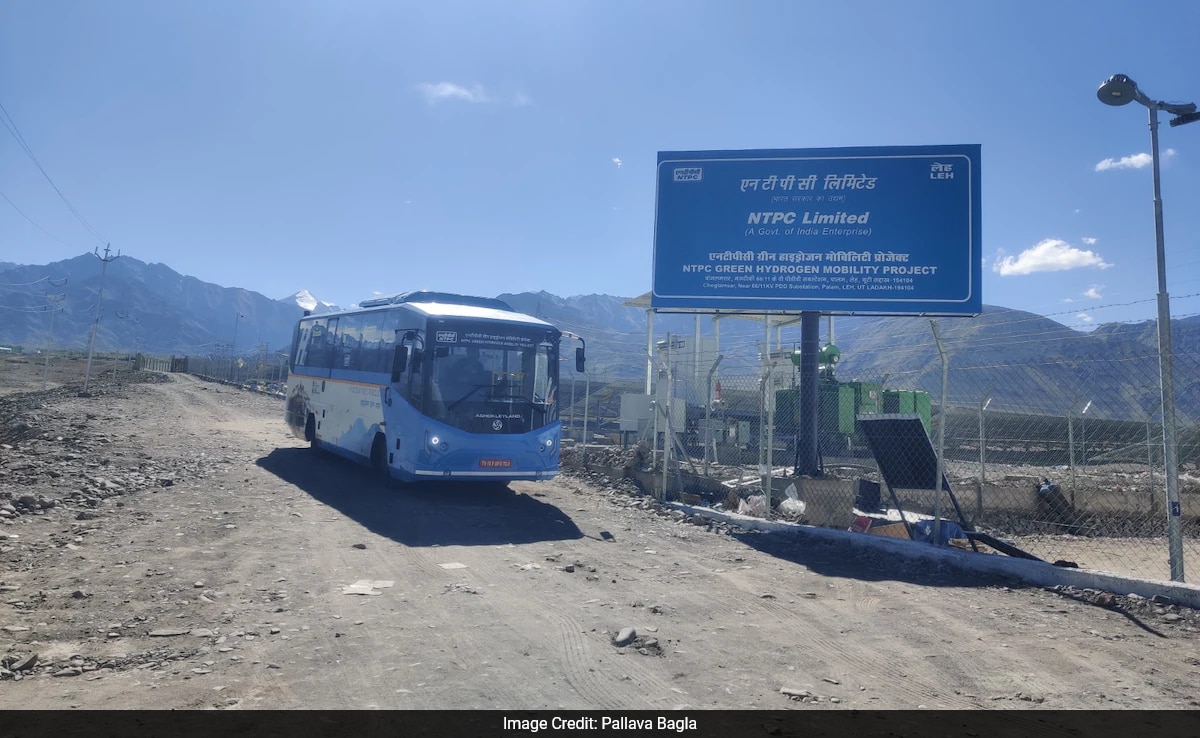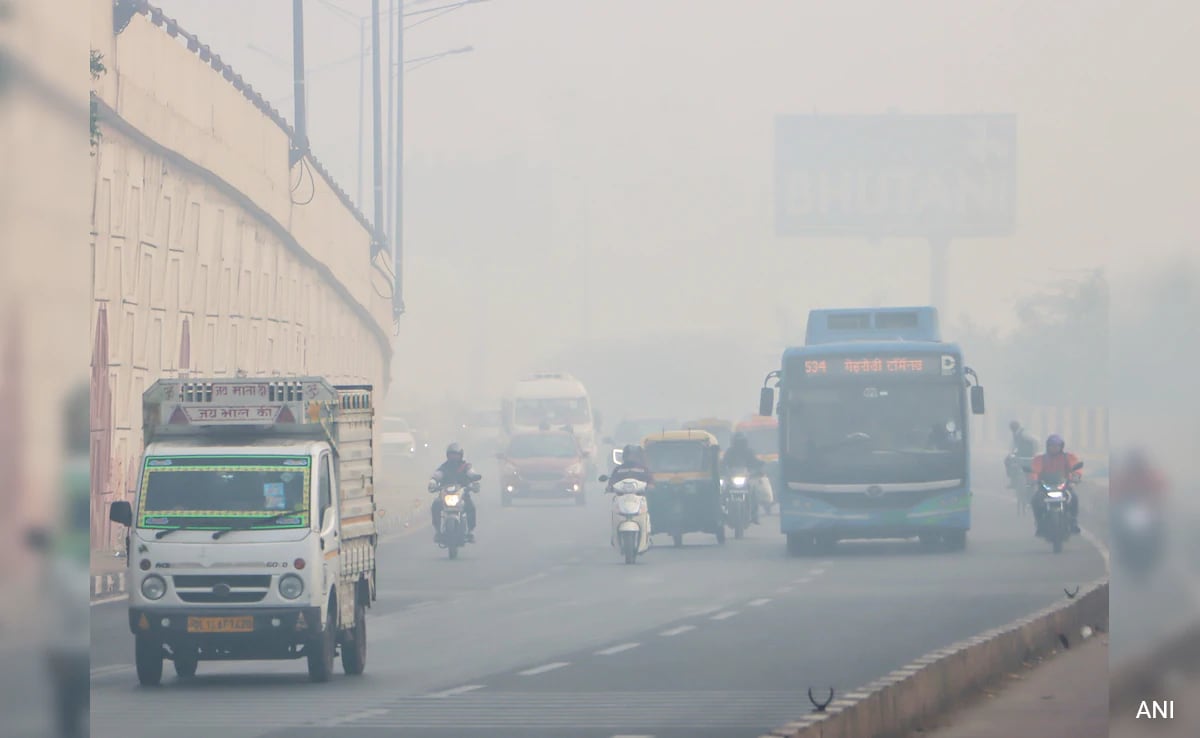India is perfecting the production of a fuel made from fresh water, with water as the only byproduct. This fuel already powers India’s rockets, and now pilot projects are underway to use it for public transportation in remote Leh, Ladakh, and in the heavily polluted National Capital Region (NCR) of Delhi. This dream fuel is called Green Hydrogen.
India has a high energy demand and is actively seeking local energy solutions. Prime Minister Narendra Modi has been advocating for Green Hydrogen as an indigenous mobility option. Hydrogen is especially appealing as it can be produced by splitting water, and its only emission is water. NDTV’s Science Editor Pallava Bagla visited NTPC Ltd’s Green Hydrogen plant, a cutting-edge project in Leh, Ladakh, at the world’s highest altitude. On August 1, 2022, Prime Minister Modi laid the foundation stone for this unique project.
As the lightest and most abundant element, hydrogen holds promise as an efficient future fuel, and governments are exploring its potential to replace oil and gas. Hydrogen is so energy-rich that, in its liquefied form and combined with liquid oxygen, it powers India’s heaviest rocket, the Bahubali, developed by the Indian Space Research Organisation (ISRO). India’s Launch Vehicle Mark-3 uses liquefied hydrogen in the cryogenic upper stage of its 640-ton rocket, which also carried the Chandrayaan-3 on its historic mission. However, hydrogen is highly flammable, so extreme precautions are essential.
But what exactly is Green Hydrogen? When hydrogen is produced using renewable energy, it is considered Green Hydrogen. Other types of hydrogen, such as grey or brown, are more polluting, as they are produced from fossil fuels.
Near Leh in Ladakh, at Choglamsar Village, NTPC Ltd has set up a demonstration plant to produce Green Hydrogen. This is the world’s highest-altitude green hydrogen fueling station. Ladakh, a cold desert, is well-endowed with sunlight, boasting over 300 cloud-free days a year. Here, NTPC has installed a 1.7-megawatt solar photovoltaic plant. The electricity generated powers an electrolyzer that splits water into hydrogen and oxygen. This process requires significant energy, making it less widely adopted. The hydrogen is collected as fuel, and the oxygen is released. NTPC estimates that the plant will produce 80 kg of hydrogen daily, enabling five intra-city fuel-cell electric buses to operate around Leh, covering a combined 1,100 kilometres per day.
According to NTPC’s fact sheet, the Leh station provides a cleaner alternative to highly polluting fossil-fuel vehicles in Leh, offering several advantages: it integrates renewable energy sources, ensures fuel reliability even in challenging conditions, reduces carbon emissions, promotes a cleaner energy ecosystem, and is scalable for various applications. The station is expected to cut carbon emissions by approximately 350 metric tons per year and release 230 metric tons of pure oxygen annually-equivalent to planting roughly 13,000 trees.
Given the high solar irradiance and cold temperatures in Ladakh, the region is ideal for efficient solar power production. Producing and using Green Hydrogen locally would eliminate fuel logistics needs, making these areas self-sufficient and resilient to disruptions in road connectivity.
However, a significant challenge remains: the electrolyzers that split water into hydrogen and oxygen, as well as the fuel cells used in the electric buses, are currently imported. Developing these technologies locally could greatly advance this initiative. Additionally, the infrastructure and buses are currently much more expensive than conventional fossil-fuel alternatives. However, the zero-emission profile of Green Hydrogen makes it highly attractive.
DMR Panda, Chief General Manager (Hydrogen/Renewable Energy) at NTPC, NOIDA, said, “Tapping Green Hydrogen is important for India’s energy security, leading to energy independence. After all, we have lots of sunshine and water. As India decarbonises its economy, Green Hydrogen could be the fuel of the future. Energy generated from water and solar energy with water as the exhaust, is indeed very endearing. The Leh and Delhi NCR Green Hydrogen projects are India’s commitment to attaining Net Zero by 2070 as Prime Minister Modi has promised.”














